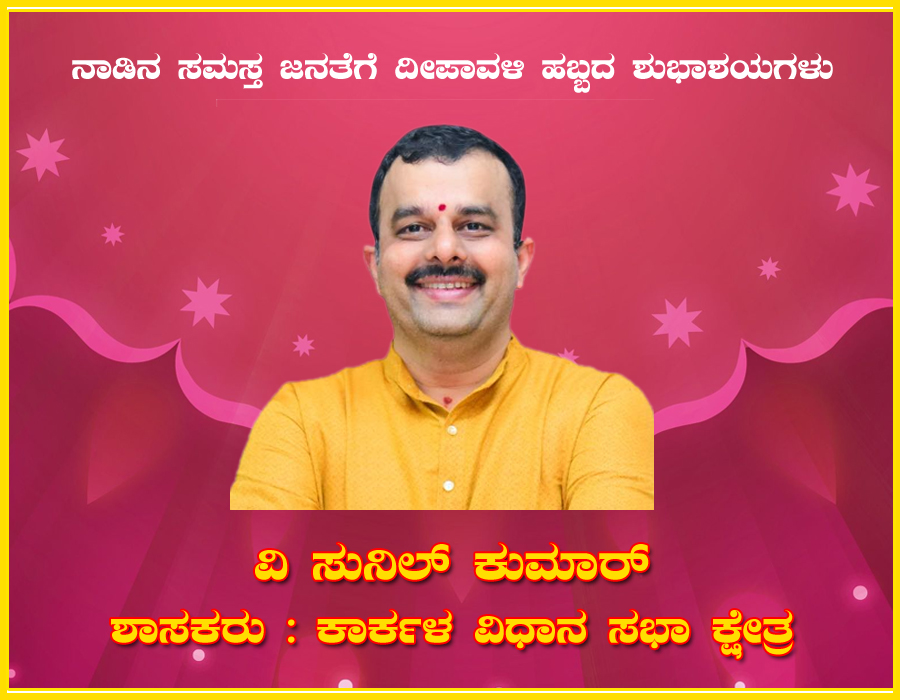BJP threatens to stall Parliament over Shinde, Congress backs him
10:25 AM, Friday, January 25th, 2013 The Manmohan Singh government’s free fall continues. With the ruling coalition hamstrung by corruption and misgovernance, its popularity ratings have been on a downward spiral.
The Manmohan Singh government’s free fall continues. With the ruling coalition hamstrung by corruption and misgovernance, its popularity ratings have been on a downward spiral.
The trend persists in the latest India Today-Nielsen “Mood of the Nation” poll. If elections were to be held on Thursday, the survey predicts, the Congress-led alliance would get 152-162 seats, way below its 2009 figure of 259.
The Trinamool Congress, which quit the ruling combine in September last year, has not been included in the UPA bracket. It had bagged 19 seats in the 2009 general elections, and was the Congress’ largest ally. There is a 7.7 per cent swing away from the Congress and its alliance partners.
In the normal circumstances, the biggest beneficiary of the popular disaffection with the ruling party should have been the largest Opposition block, which, in India’s case, is the BJP-led NDA. But this has not been the case.
Incessant bickering among the BJP’s top leaders and delay in taking a call on the tainted Nitin Gadkari’s fate have cost the alliance dear. The NDA was projected to be leading in 198-208 seats, with a vote-share of 27.3 per cent, only marginally behind the UPA’s figure of 28 per cent. There is an accretion of only 1.6 votes in the BJP-led alliance’s percentage.
Saving grace Modi
Gadkari, who was forced to bow out of the party presidential race by a persistent L.K. Advani and other senior leaders, got a thumbsdown from respondents. A whopping 52 per cent felt that Gadkari’s performance as BJP president was below par.
The BJP, the findings of the survey said, did not fare very well as the country’s principal Opposition party either, with only 35 per cent giving it a positive rating.
The BJP’s only solace was the soaring popularity graph of Gujarat chief minister Narendra Modi. As many as 36 per cent of the people surveyed by Nielsen felt that Modi would be the best bet for the Prime Minister’s post.
In the opinion poll conducted by the research organisation in August last year, his popularity rating stood at 21 per cent. His nearest rival was the Congress crown prince Rahul Gandhi, who was last week elevated as the party’s vice-president. He received an approval rating of 22 per cent, up from the 10 per cent recorded in August last year.
It may be prudent to mention here that the Mood of the Nation poll was conducted before the Jaipur chintan shivir and Gadkari’s resignation as BJP chief.
Among the non-Gandhi parivar Congress leaders, Finance Minister P. Chidambaram got the best approval rating (17 per cent), followed by Delhi Chief Minister Sheila Dikshit (12 per cent).
The Nielsen Company also interviewed people on the Manmohan Singh government’s performance and the reform measures kicked off after Chidambaram staged a comeback as finance minister.
More than two-thirds of the respondents felt that the government’s performance was either average or poor. And a majority of the respondents viewed the reform measures unleashed by the government in the past few months with suspicion. As many as 32 per cent saw them merely as an act to retrieve lost ground, while another 28 per cent dubbed them as gimmicks.
Respondents were also asked about the performance of previous prime ministers, and this threw up a stunning observation. In popular opinion, Atal Bihari Vajpayee has overtaken Indira Gandhi as India’s best PM.
Reforms story falls flat
There was palpable enthusiasm in the Congress quarters when deft floor management by parliamentary affairs minister Kamal Nath saw FDI pass muster in Parliament – the party proudly shook off the shackles of “coalition dharma” to unleash its reform agenda.
Then came the ambitious direct cash transfer scheme with an aim to plug the loopholes in dispensing subsidies and ensuring watertight implementation of government welfare schemes.
Under Finance Minister P. Chidambaram, the UPA looked confident about winning back the favour of masses disenchanted by the corruption taint that has defined the UPA’s tenure.
Sadly, the party’s enthusiasm doesn’t seem to have rubbed off on the voters, with 39 per cent of those surveyed dismissing direct cash transfer as a “gimmick” and no less than 32 per cent of the opinion that the UPA’s reform agenda is merely a ploy to climb back on the popularity chart.
Furthermore, the PM seemed to have hit the nail on its head when he recently bemoaned the UPA’s “ineffective c ommunication strategy”.
True enough, the news of Parliament’s green light to FDI cheered up investors and the business world, but unfortunately the India Today-Nielsen survey found that up to 40 per cent of the participants believed FDI would hit small business – an idea the BJP-led Opposition has been trumpeting since the UPA proposed FDI. In contrast, only 14 per cent were of the opinion that it will benefit the common man.
Simillar Posts
Warning: count(): Parameter must be an array or an object that implements Countable in /home/megamcaq/public_html/wp-content/plugins/post-plugin-library/common_functions.php on line 357
- None Found
Leave a Reply
© Copyright 2008 www.megamedianews.com All Rights Reserved. Privacy Policy








 Posted in
Posted in  Tags:
Tags: 






